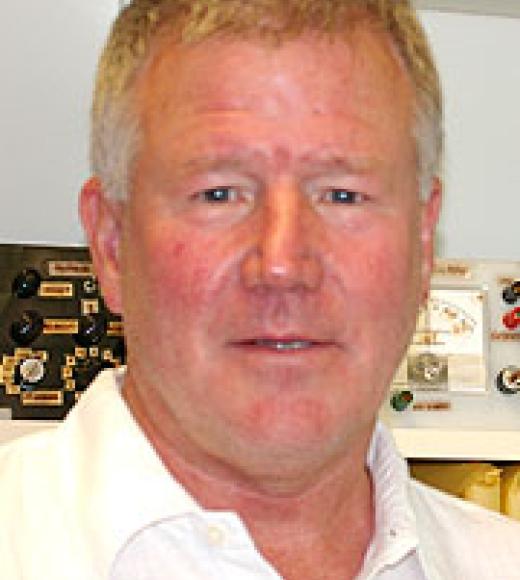
Position Title
Professor Emeritus
Position Title
Professor Emeritus
- Neurobiology, Physiology and Behavior
Bio
Research Interests
My research concentrates on the way the vertebrate retina works. The retina is a fairly ordinary piece of brain but it has several unique advantages. First, the retina is easy to work with. Many retinae will stay alive and healthy in a dish. Second, the retina is not too complicated. There are only 5 main kinds of neuron in the retina and we understand in outline how they are wired together. Third, we know everything about what goes into the retina (patterns of light) and quite a lot about what comes out (patterns of activity in ganglion cells). Lastly, and perhaps most important, we understand what the retina is for. This crucial understanding allows us to consider how the neural machinery of the retina is designed to accomplish its task.
Education and Degree(s)
- 1970 B.S. in Zoology, University of Bristol, United Kingdom
- 1973 Ph.D. in Zoology, University of Cambridge, United Kingdom
Publications
- 2003 Wilson M. Bassoon's Part in Two Presynaptic Orchestras. Neuron 37:728-730.
- 2002 Wilson M. Smaller babies thrown out with bathwater. Current Biology 12: R625-7.
- 2002 Hurtado J, Borges S, and Wilson M. The Na+-Ca2+ exchanger controls the gain of the Ca2+ amplifier in the dendrites of amacrine cells. J Neurophysiol 88: 2765-77.
- 2002 Wilson M. Retinal synapses. In: L.M. Chalupa and J.S. Werner (Eds.) The Visual Neurosciences. Cambridge, MA. MIT Press. (in press)
- 1999 Williams JR, Sharp JW, Kumari VG, Wilson M, and Payne JA. The neuron-specific K-Cl cotransporter, KCC2. Antibody development and initial characterization of the protein. J Biol Chem 30 274(18):12656-64.
